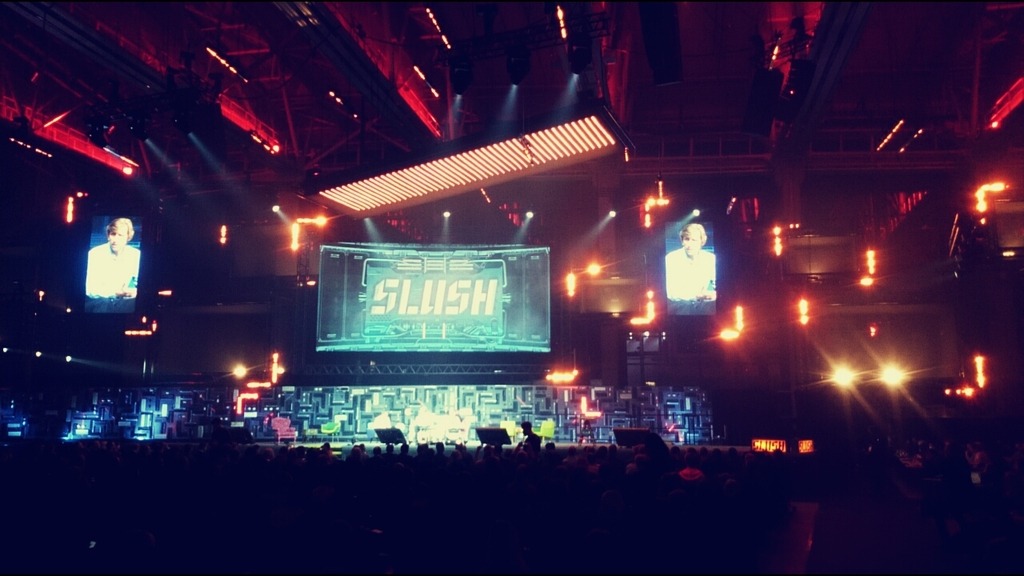4 stages with star performers and super talents. Never-before-seen acts giving it their all. The delicious sizzle of street food. People from all around the world gathered together for two days of enjoyment and inspiration. Two days of rock’n’roll. Sounds like a perfect music festival… except it’s not. It’s Slush – the greatest high-tech festival in Europe, if not in the world.
Slush was born in 2008, and since then it’s grown bigger and bigger every year. It gathers entrepreneurs, startups, companies, investors, students from all around the world. Slush is not just any exhibition. It’s an event, a happening, a meetup, a circus, a high-tech festival.
This year, it was visited by 15000 participants, 2000 volunteer workers, 1700 start ups, 800 investors, curious journalists and other persons of interest. When it first kicked off, Slush gathered around 500 participants.
Even though the event has grown in size and importance since then, it has never sold its soul – the philosophy behind it is still the same, and that is to help start ups to reach new levels. There is no doubt that Slush is the place to be, and it’s no doubt that startups are the future.
Who are these future start ups, and in which markets are they intended to flourish?
Fintech
Fintech is definitely one of those markets. Disruptors in this sector are not afraid to challenge the traditions, as represented by corporations and banks, and the industry is seeing a great deal of investments coming in – and growth.
A lot of space was created for Fintech entrepreneurs at Slush 2015. Starting from Klarna, who have managed to scale the ‘buy now, pay later’ online payment service in an impressive way, to the Estonian-based TransferWise, which enables customers to send money all around the world at much lower cost than banks. Not to mention Adyen, who is a big player in the omni-channel payments processing.
Healthcare and Wearables

Healthcare reforms in regions like Asia have turned the region to an emerging market in healthcare.
The winner of Slush 100 Pitching Competition, CareMonkey, is worth looking at. CareMonkey develops and supports the CareMonkey system – a health, safety and productivity solution for families, schools, clubs, businesses, community service organizations and other groups with a duty of care. It’s an automated system that has already impressed big names – like Sir Richard Branson himself.
This also creates a major position for wearables. A large number of companies are competing for space on the human body, and it’s not only about wristbands and watches, it’s also about items like a wellness ring or… soap (!).
SoaPen is a wearable and portable soap re-designed to encourage hand washing amongst young children in order to reduce the risk of catching and spreading diseases, and thereby reducing mortality rates. “We believe that a serious problem can be solved through a simple and fun solution,” said company spokesperson Shubham Issarin a press release by UNICEF.
When it comes to wearables, it’s often all about measuring – from what you eat to how you sleep. Improvements in this sector also create collections of important data that can be analyzed and used for other needs. In short, if you can measure it, you can manage it.
We’ve done quite a bit of traveling, and we shared our insights on our blog… take a look at the innovations we’ve spotted at Oslo Innovation Week or WebSummit! And, as always, we’d love to hear from you – what did you find interesting at Slush?
author: Jens-Antti Andersen





